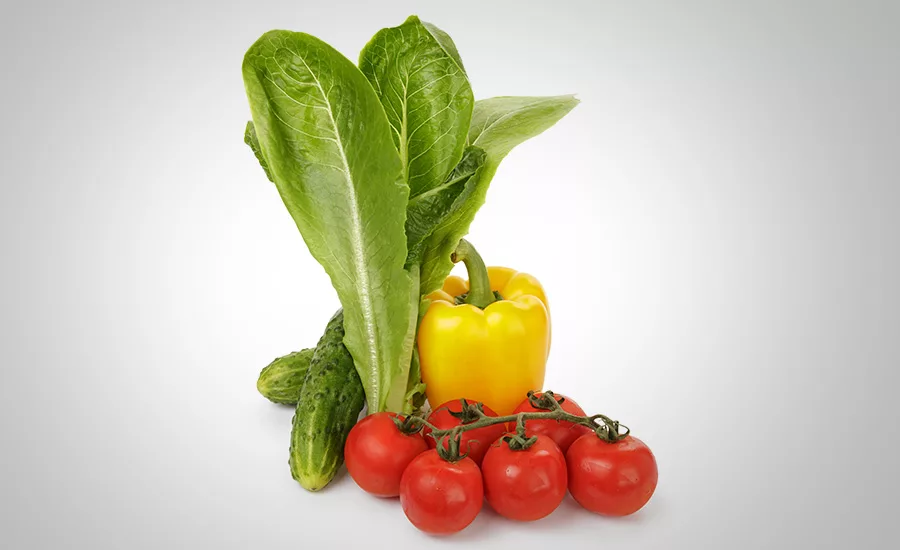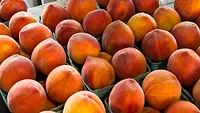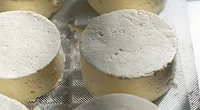Study Examines Role of Dust Particles in Transferring Pathogens to Produce

Credit: GCapture/iStock/Getty Images Plus via Getty Images
Although research has been carried out on the role of water in foodborne outbreaks—and, to a smaller extent, the role of soil—not much has been examined on the potential for dust particles to transfer pathogens onto produce.
Kelly Bright, Ph.D., University of Arizona, aims to gain a better understanding of the role of dust in pathogen transfer. Her project, “When the E. coli hits the fan! Evaluating the risks of dust-associated produce cross-contamination,” will allow her and her fellow researchers to develop best management practices (BMPs) to assist growers in understanding the risks and implement mitigation measures for dust-mediated transfer of pathogens to produce.
Bright will conduct laboratory experiments and field studies in Arizona's farming region. She will study conventionally and organically grown spinach and romaine lettuce. The other co-principal investigators on the project include Walter Betancourt, Ph.D., and Charles Gerba, Ph.D., from the University of Arizona.
In Georgia, co-principals Dev Kumar, Ph.D., and Laurel Dunn, Ph.D., from the University of Georgia, will conduct the same laboratory and field studies under Georgia’s more humid atmospheric conditions. They will study bell peppers and tomatoes, two of Georgia's predominant crops.
Bright says that conducting the research in two diverse production regions will broaden the usefulness of the results.
“With our collaborators being in Georgia, it will provide an entirely different region with a completely different environment, so that’s useful,” she said. “We could do the work just in Arizona, but then the type of data would be limited to regions that are arid. With different types of crops, different environmental and atmospheric conditions, and different growing seasons, it makes the data more applicable for a wider variety of crops and regions."
“We want to partner our lab studies with the field studies to flesh out the data and have more relevant information to develop models,” Bright noted.
Looking for quick answers on food safety topics?
Try Ask FSM, our new smart AI search tool.
Ask FSM →
In preparation for the experiments, the Arizona and Georgia researchers shared soil samples that they had collected. Samples were separated based on texture and particle size (clay, loam, and sandy). Soil organic matter was also measured, as well as soil moisture content and background flora.
The scientists then inoculated the soil particles with a known quantity of a pathogen, including strains of Salmonella Newport, S. Typhimurium, and Escherichia coli O157:H7, to determine the differences in survivability and transferability among the microorganisms. The original pathogen samples were collected from cattle, chickens, or lettuce; Kumar modified them to include antibiotic resistance to improve their detection in environmental attributes such as dust.
To measure possible transfer, pathogen-inoculated particles are applied to plants using a "duster" to simulate wind-blown dust. Crops are grown in biosafety level 2 growth chambers, where the researchers can control environmental conditions such as relative humidity.
The scientists will evaluate humidity, soil characteristics, and agricultural practice on pathogen recovery, and the crop will be harvested to measure bacterial persistence.
Field studies will include collecting air samples at various distances from beef and/or poultry production facilities. These studies will be conducted over multiple days and under various weather conditions.
The researchers will also examine the dust samples collected from the field's air to detect the presence of generic and pathogenic E. coli and Salmonella species. They will also monitor for the presence of biomarkers that could indicate fecal contamination, such as fecal genetic markers, bile salts, and metabolites.
Collecting multiple samples over a long period of time, and under various environmental, weather, agricultural, proximity to livestock, and other conditions, will provide a more detailed picture, says Bright.
The researchers will study the laboratory data and field sampling results to develop a quantitative microbial risk assessment (QRMA) model. Bright says that the results will be distilled to more user-friendly grower BMPs. She and the other researchers also plan to include possible mitigation measures and buffers between produce fields and livestock operations.








